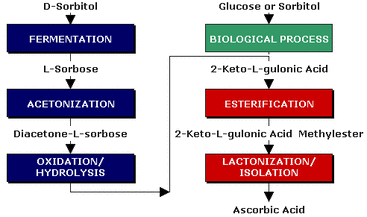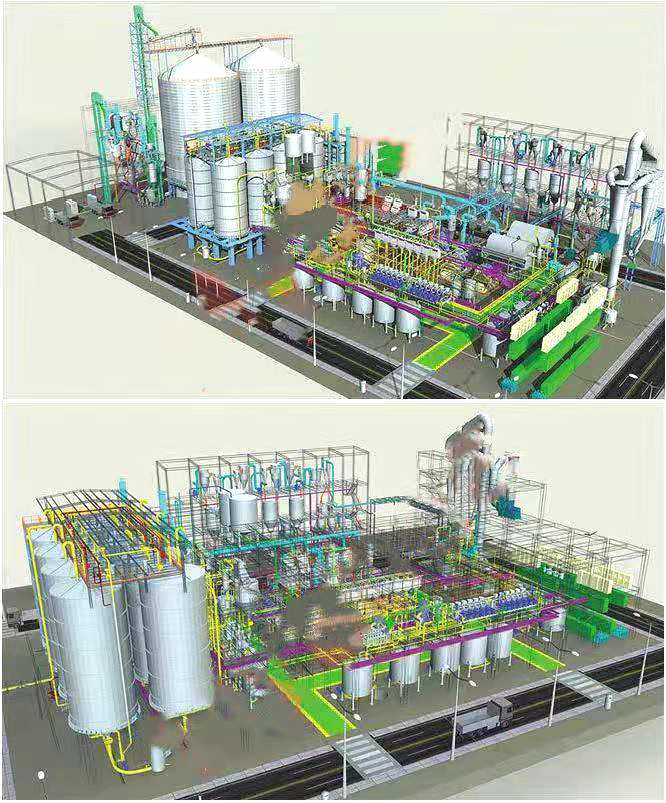Ascorbic acid also plays a pivotal role in several other commercial applications. Ascorbic acid is also used in bakeries, water treatments plants and beverages. Ascorbic acid helps extend the shelf life of breads by strengthening gluten, aiding higher tenderness and finer crumb, reduction of crust thickness, etc. Ascorbic acid also prevents oxidation during meat and organic fruit juice production. This is essential use for meat and fruit supplier as many supermarkets do not purchase produce that has turned brown.

The ascorbic acid market is projected to register a CAGR of 5.1% during the forecast period (2020-2025).
- The market has been witnessing an unfair monopoly from China, due to the consolidation of the maximum production of vitamin C in the country. Nonetheless, the country holds high power in setting the global prices of the ingredient, which is a major factor driving the market. However, due to domestic environmental issues, China faced price hikes as high as three times over a year in 2017.
- The paradigm shift from clean-label food and beverage products to dietary supplements has led to the emergence of many manufacturers offering clean-labeled vitamin C supplements to consumers seeking antioxidant support for immune health through supplements. As a result of this, the demand for ascorbic acid has increased in the pharmaceutical and healthcare industry.
The consumption of ascorbic acid in Asian countries, primarily in India, China, Japan, and others, is expected to grow at a faster pace, owing to the cost-effective manufacturing facilities in these countries. The growing demand for health and dietary supplements in the region is also expected to fuel the market growth over the forecast period. Also, deficiencies of significant micronutrients like iodine, vitamins A and C, iron, folate, and zinc are prevalent in Asian countries, which makes it a lucrative market for vitamin C manufacturers and suppliers across the world.





